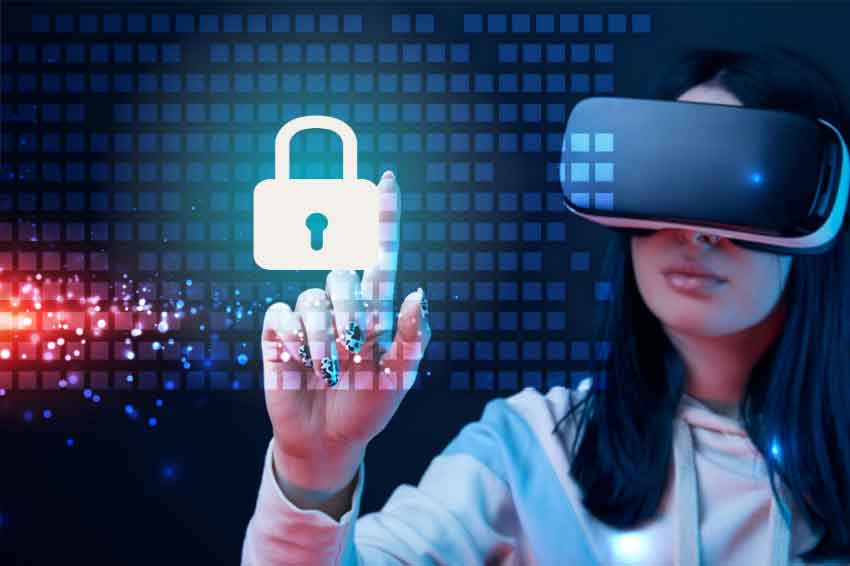Show:
How AI And Machine Learning Are Transforming Business Security
In the current era of digital transformation, two significant technological advancements – Artificial Intelligence (AI) and Machine Learning (ML) – have emerged as game-changers in several industries. Their potential is vast and wide-ranging, but their impact on business security has been notably transformative. This comprehensive exploration will delve into how AI and ML are revolutionizing business security, with particular attention to their roles in identity verification and fraud prevention.

Unraveling the Concepts of AI and Machine Learning
In the realm of technology, AI and ML have become synonymous with innovation. AI encompasses computer systems’ capabilities to perform tasks typically requiring human intelligence. These tasks include understanding natural language, recognizing patterns, problem-solving, and learning from experiences. On the other hand, Machine Learning, a significant subset of AI, involves the development of algorithms that improve automatically through experience, essentially learning from data without explicit programming.
Although these technological marvels have been around for several decades, they’ve gained unprecedented momentum in recent years. This surge is primarily due to advancements in computational power, data storage capabilities, and the accessibility of big data, which has fueled their sophistication and widespread applicability.
The Contemporary Landscape of Business Security
In the ever-evolving cyber world, business security has always been a complex and challenging arena. It often feels like an endless game of cat and mouse, with businesses striving to stay one step ahead of cybercriminals. Traditional security methods, such as firewalls, antivirus software, and password protection, are fundamental but frequently fall short when faced with increasingly sophisticated attacks. This deficiency has paved the way for the integration of AI and ML in business security.
The Role of AI in Enhancing Business Security
AI has emerged as an unwavering sentinel in the realm of business security, continuously scanning for potential threats and anomalies. AI-powered security systems possess the ability to sift through vast amounts of data, identifying potential threats often before a human analyst could. This capability is crucial in the current digital landscape, where data is produced at an unprecedented rate.
The Impact of Machine Learning on Business Security
Machine Learning amplifies the potential of AI in business security by enabling systems to learn from data, identify patterns, and make informed decisions. This capacity is particularly useful in detecting unusual behavior that could indicate a security breach. For example, ML algorithms can be trained to understand what normal network traffic looks like, and subsequently, they can flag any anomalies. This capability can be instrumental in catching a cyberattack in progress, mitigating the potential damage and loss.

AI and Machine Learning in Identity Verification and Fraud Prevention
Identity verification and fraud prevention are two critical areas where AI and ML are making substantial strides. AI can analyze a multitude of factors to authenticate a user’s identity, such as biometric data, behavioral patterns, and geolocation. It does so in real-time, adding an extra layer of security that’s hard to breach. Concurrently, ML can learn from past instances of fraud, refining its algorithms to better identify and prevent future incidents. Businesses are increasingly leveraging these technologies to fortify their security.
Potential Risks and Ethical Considerations of AI and ML
While AI and ML promise immense potential for enhancing business security, they also carry certain risks and ethical considerations. These technologies, if misused, could be employed maliciously, and there are valid privacy concerns surrounding the use of personal data. It’s crucial for businesses to maintain transparency about their use of AI and ML, carefully considering how they store, process, and protect personal data. The ethical use of these technologies requires a robust framework of data protection measures, which must be continually reviewed and updated to stay in line with evolving regulations and standards.
The Road Ahead: AI and Machine Learning in Future Business Security
As we look towards the future, AI and ML are poised to play an even more significant role in business security. As these technologies continue to advance, they promise to offer enhanced protection against an array of cyber threats. They are no longer just optional extras but key components in a comprehensive, future-focused security strategy.
Businesses need to stay informed about the latest developments in AI and ML and consider how they can best integrate these technologies into their security systems. Future developments might include more sophisticated threat detection and response capabilities, advanced predictive analytics to anticipate and prevent security incidents, and tighter integration with other security technologies.
Investment in these technologies is also likely to increase, as businesses recognize the value of proactively protecting their systems and data. Simultaneously, we can expect to see more collaboration between businesses, technology providers, and regulatory bodies, working together to promote a secure and ethical digital environment.
The integration of AI and Machine Learning is fundamentally altering the landscape of business security, offering powerful and adaptable tools for threat detection, identity verification, and fraud prevention. While these technologies are not a panacea for all security threats, they offer an invaluable part of any comprehensive security strategy. As the cyber threat landscape continues to evolve, it’s vital for businesses to embrace these technologies, leveraging their power to stay one step ahead. The future of business security is not just about reacting to threats but predicting and preventing them, and AI and ML are the essential tools leading this predictive revolution.

 Return to Previous Page
Return to Previous Page








